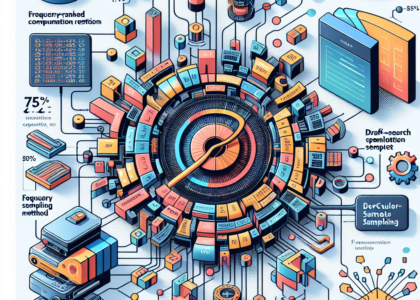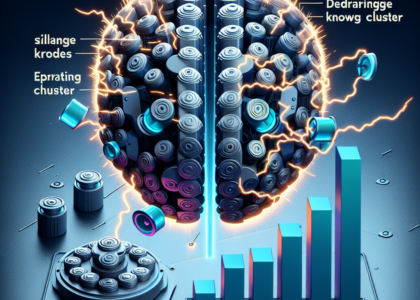Authors: Orr Zohar, Xiaohan Wang, Yann Dubois, Nikhil Mehta, Tong Xiao, Philippe Hansen-Estruch, Licheng Yu, Xiaofang Wang, Felix Juefei-Xu, Ning Zhang, Serena Yeung-Levy, Xide Xia
Abstract: Despite the rapid integration of video perception capabilities into Large
Multimodal Models (LMMs), the underlying mechanisms driving their video
understanding remain poorly understood. Consequently, many design decisions in
this domain are made without proper justification or analysis. The high
computational cost of training and evaluating such models, coupled with limited
open research, hinders the development of video-LMMs. To address this, we
present a comprehensive study that helps uncover what effectively drives video
understanding in LMMs.
We begin by critically examining the primary contributors to the high
computational requirements associated with video-LMM research and discover
Scaling Consistency, wherein design and training decisions made on smaller
models and datasets (up to a critical size) effectively transfer to larger
models. Leveraging these insights, we explored many video-specific aspects of
video-LMMs, including video sampling, architectures, data composition, training
schedules, and more. For example, we demonstrated that fps sampling during
training is vastly preferable to uniform frame sampling and which vision
encoders are the best for video representation.
Guided by these findings, we introduce Apollo, a state-of-the-art family of
LMMs that achieve superior performance across different model sizes. Our models
can perceive hour-long videos efficiently, with Apollo-3B outperforming most
existing $7$B models with an impressive 55.1 on LongVideoBench. Apollo-7B is
state-of-the-art compared to 7B LMMs with a 70.9 on MLVU, and 63.3 on
Video-MME.
Source: http://arxiv.org/abs/2412.10360v1





